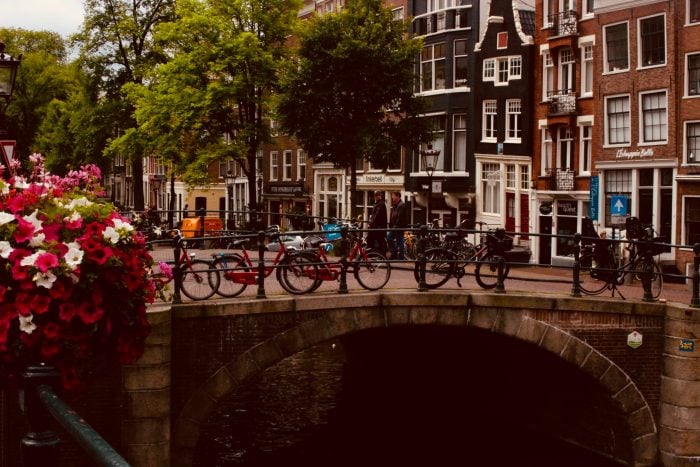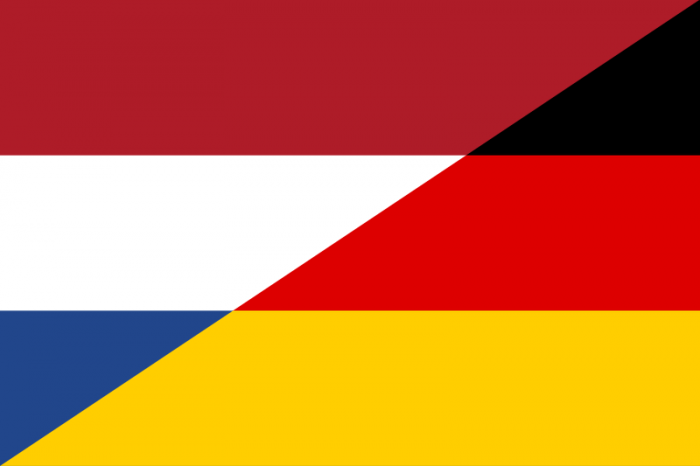Dutch vs German: Different or Similar?
According to a 2014 Oxfam report, The Netherlands is one of the countries with the most plentiful, nutritious, and affordable food in the world. Also, it’s the country with the most bicycles, the first one to have legalized sex-same marriage, and the land where you will find some of the tallest men on Earth.

Photo by Jack Winbow via Pexels
As it turns out, Dutch, the language spoken in this country, is just as fascinating as the people who speak it. From a linguistic perspective, Dutch is halfway between an earlier form of English and German. And though there are many unique aspects that set Dutch apart from these two languages, both English and German speakers should be able to guess what is being discussed even if they understand every single word.
A few centuries ago, everyone in both the Low Countries and Germany spoke different local dialects which formed a fluid continuum. There was no strict distinction between German and Dutch. Over time, these two peoples grew apart, and so did their languages. That is why, today, we will focus on the differences between Dutch vs German.
Dutch vs German: The Main Differences
The pronunciation of G
German G is a plosive sound pronounced at the back of the mouth, which you can also find in English in words like gate and goat. In Dutch, however, it’s pronounced with a guttural sound like the German pronunciation of ch- in Ich.
This means that the Dutch word gek (crazy), for example, should never be pronounced with the plosive sound that you would use to say go in English, but with a hardened “h” sound, similar to the Spanish “j”.
Capitalization of nouns
Do you recognize these lyrics?
Deutschland, Deutschland über alles,
Über alles in der Welt,
Wenn es stets zu Schutz und Trutze.
(…)
They belong to the first verse of Germany’s National Anthem. And in case you’re wondering why so many words are capitalized, that’s because German capitalizes not only countries, nationalities, and days of the week, but any noun that appears in any part of the sentence.
Such is the case of Welt (world) Schutz (protection), and Trutze (resistance) in the verse above. Whereas Dutch, just like English would have the same words (wereld, bescherming, weerstand) written in lower case unless they appear at the beginning of a line or sentence.
Grammatical gender
When it comes to gender distinctions, Modern Dutch is much simpler than German or even English, as it groups all nouns under a common or neuter category. Historically, this language was much closer to German, having three distinct genders (masculine, feminine and neuter) and a complex declension system. Over time, however, it has lost most of these distinctions. The masculine and feminine categories have all but coalesced into a single group and case is no longer marked except for personal pronouns. In the example below, you can see how the definite article changes to mark gender in German but not in Dutch or English.
English Dutch German
The sun De maan Der Mond
The moon De zon Die Sonne
English loan words
As it can be seen from the sections above, Dutch is different from German in that it has been more heavily influenced by English than German ever was. This is evident in the number of English borrowings that you can find in everyday conversations in Dutch. People say things like “sorry”, they chat on the Internet, eat barbecues and go on budget trips in their caravans.
Although you might not have heard much Dutch before, a Dutch vs German point-by-point analysis is proving that Dutch should be a much easier language for English-speaking learners.
Easier plurals
To form plural forms in German, there are different terminations that you can add to the end of the nouns, depending on the gender of that noun (masculine, feminine, neutral) and the number of syllables it has. These terminations are -n/-en, -e, -r/-er, or -s, although there is a short list of nouns that stay the same in the plural. In Dutch, however, the rules for plural noun formation are much simpler and much more similar to English rules. Basically, you just have to add -en, like in some irregular English plural nouns (brethren, children) or -s, as in regular ones.
English Dutch German
mothers moeders Mütter
children kinderen Kinder
Dutch vs German: Can you tell them apart?

Image by Tommes via Wikimedia
Below, you will find the opening lines from The Little Prince in Dutch and German. Can you guess which is which?
Einmal, als ich sechs Jahre alt war, sah ich eine großartige Bild in einem Buch namens Wahre Geschichten aus der Natur, über den Urwald. Es war ein Bild von einer Boa Constrictor beim Verschlucken eines Tieres.
Toen ik zes jaar oud was, zag ik eens een magnifieke foto in een boek, genaamd Waargebeurde Verhalen uit de Natuur, over het oerwoud. Het was een foto van een boa constrictor bij het inslikken van een dier.
If you think you have the answer, let us know in the comment section and say what helped you make your choice.
Would you like to be able to read the whole of De kleine Prins in Dutch? Then don’t hesitate to reach out to us on our website. As soon as we get your message, we’ll pair you up with the best native Dutch tutor so you can start working on your fluency right away.
